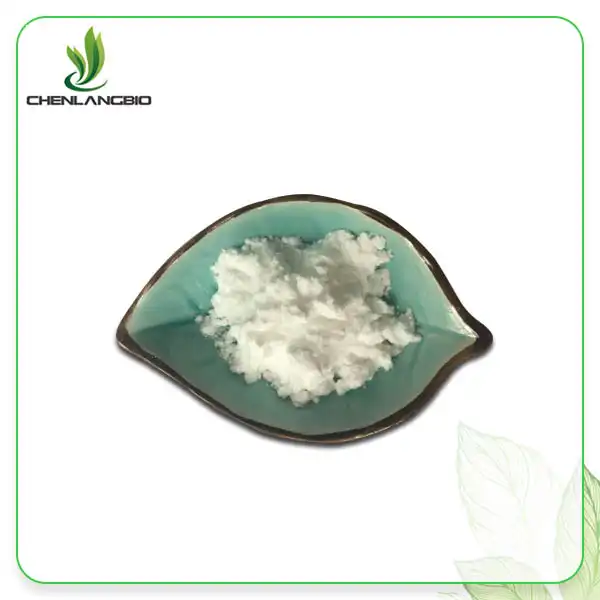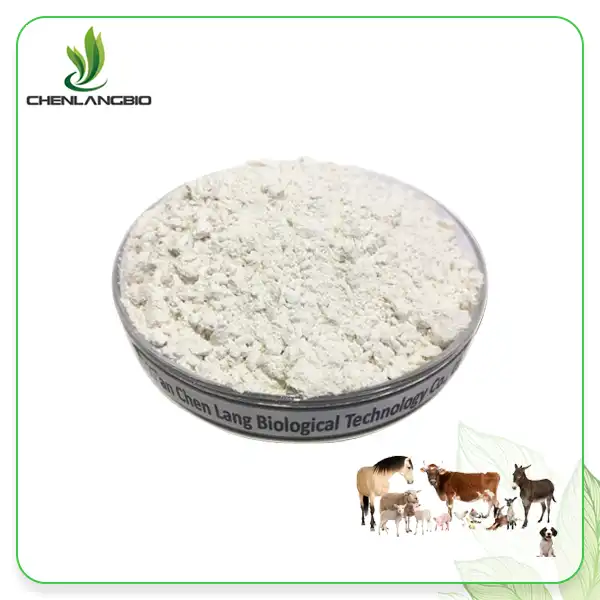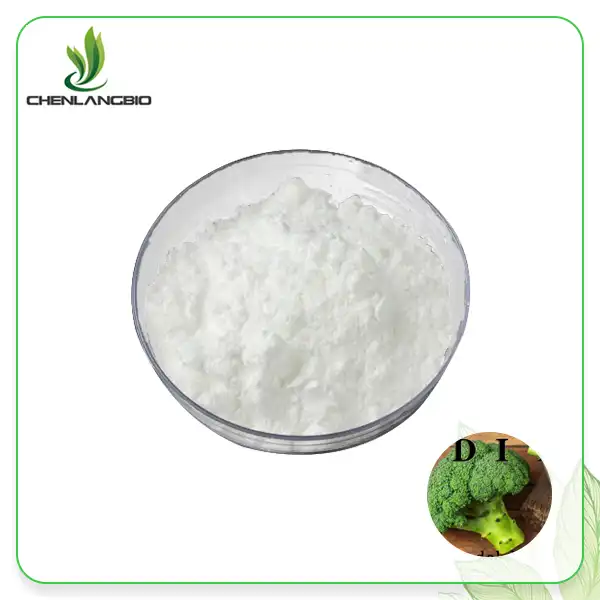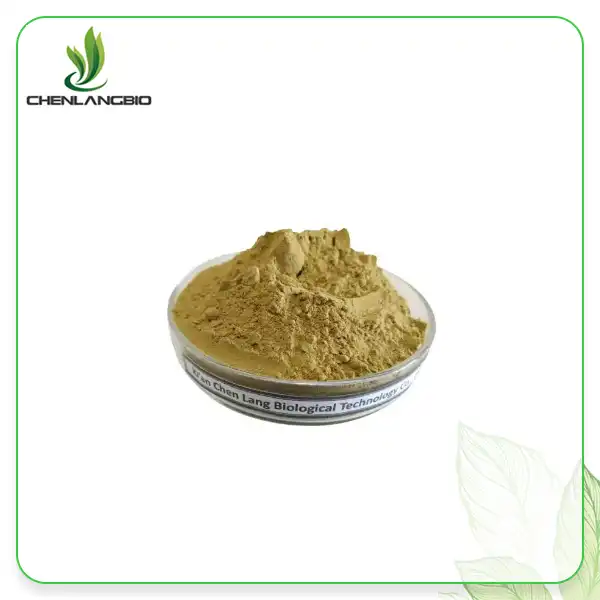Spironolactone vs Finasteride for Female Hair Loss
2025-11-17 09:22:43
Finasteride powder plays a central role in the medical management of androgen-driven female hair loss, and its relevance continues to grow as clinicians better understand the biochemical dynamics of female pattern thinning. Female hair loss is significantly more common than most people realize; by age 50, nearly 40% of women experience visible reduction in density, decreased volume, or progressive widening of the part line.
While genetics remain the strongest predictor, research consistently shows that androgen sensitivity and local DHT activity are major contributors to miniaturization in female follicles — even in women with normal circulating hormone levels.
Spironolactone, on the other hand, has become a frontline anti-androgen therapy for women due to its receptor-blocking activity and suitability for premenopausal patients. These two medications — spironolactone and finasteride powder (which is processed into oral or topical finasteride formulations) — dominate clinical practice because they address the same pathology from different angles. Although both intervene in androgen-related pathways, their mechanisms, efficacy profiles, safety considerations, and ideal user groups differ meaningfully.
This professional comparison provides a clear evaluation of spironolactone versus finasteride for female hair loss, focusing on scientific evidence, real-world patient outcomes, mechanism-driven benefits, and suitability across different hormonal profiles and stages of miniaturization. For manufacturers, clinics, and consumers seeking clarity, this guide outlines how each therapy performs, when each is most appropriate, and which treatment pathway yields the most consistent long-term improvement.
Understanding Female Pattern Hair Loss (FPHL)
Female pattern hair loss manifests differently from male androgenetic alopecia. Instead of frontal recession, women experience:
•Progressive thinning on the crown
•Reduced hair density along the part line
•Decreased hair shaft diameter
•Miniaturization of follicles without complete baldness
Androgen sensitivity plays a central role. Elevated dihydrotestosterone (DHT) or heightened receptor responsiveness leads to shortened anagen (growth phase) and weakened follicles. Therefore, treatment focuses on reducing androgen impact rather than eliminating male-pattern baldness pathways.
This distinction is why spironolactone and finasteride are often compared—yet they affect androgen pathways through very different biological routes.
How Spironolactone Works for Female Hair Loss
Spironolactone has been used off-label for decades as the primary systemic anti-androgen for women with hair loss.
1. Androgen Receptor Blockade
Spironolactone blocks androgen receptors at the follicle, preventing DHT and testosterone from binding and triggering miniaturization. This receptor-level antagonism is especially useful in women with:
Polycystic ovarian syndrome (PCOS)
Hormonal fluctuations
Androgen excess
2. Reduction of Androgen Production
Spironolactone also suppresses ovarian and adrenal androgen synthesis, lowering circulating testosterone. This dual mechanism makes it highly effective for hormonally driven female hair loss.
3. Anti-inflammatory and Anti-fibrotic Properties
Studies indicate spironolactone may reduce perifollicular inflammation, a component of chronic thinning in women.
4. Clinical Effectiveness
Most clinical literature reports:
65–75% of women see reduced shedding
40–60% experience visible density improvements after 6–12 months
Best results appear when combined with topical minoxidil
5. Limitations
Spironolactone cannot be used during pregnancy due to potential anti-androgenic effects on a male fetus. It may also cause:
Breast tenderness
Irregular menstrual cycles
Fatigue or dizziness
Electrolyte imbalances at higher doses
Despite these limitations, spironolactone remains the first-line systemic option for female patients.
How Finasteride Powder Works for Female Hair Loss
Finasteride powder, when formulated into oral tablets or topical solutions, inhibits the 5-alpha-reductase (5AR) enzyme that converts testosterone into DHT.
1. Potent DHT Reduction
Finasteride reduces serum DHT levels by approximately:
70% in men taking 1 mg/day
40–60% in women at therapeutic doses
Since DHT sensitivity contributes to follicle shrinkage, lowering DHT can stabilize shedding and promote regrowth.
2. Why Finasteride Is Used Differently in Women
Finasteride is not FDA-approved for female hair loss. However, dermatologists prescribe it off-label for:
Post-menopausal women
Women who cannot tolerate spironolactone
Patients with confirmed androgen-driven FPHL
Younger women of childbearing potential typically avoid finasteride unless highly supervised, due to teratogenic risks.
3. Clinical Results
Studies on postmenopausal women show:
Increased hair density in around 65% of cases
Improvements in shaft diameter and reduced miniaturization
Best outcomes at doses between 1.25–5 mg/day
Topical finasteride (formulated from finasteride powder) has gained strong traction due to minimal systemic absorption and reduced hormonal side effects.
4. Safety Considerations
Potential risks include:
Reduced libido
Headaches
Mild mood changes
Breast tenderness or swelling
Systemic effects if used improperly
However, topical finasteride significantly lowers these risks and is increasingly used in combination therapies.
Spironolactone vs Finasteride: Direct Comparison
1.Mechanism of Action
|
Feature |
Spironolactone |
Finasteride Powder |
|
Primary Action |
Blocks androgen receptors |
Blocks conversion of testosterone → DHT |
|
Systemic Hormone Effect |
Significant |
Lower (oral) to minimal (topical) |
|
Ideal For |
Women with hormonal imbalance |
Post-menopausal women or severe FPHL |
2.Effectiveness
Most dermatology reviews report:
Spironolactone reduces shedding more effectively in premenopausal women.
Finasteride increases hair density more significantly in postmenopausal women.
Best results occur with combination therapy, especially topical finasteride + oral spironolactone.
3.Speed of Results
|
Timeline |
Spironolactone |
Finasteride |
|
3 Months |
Reduced shedding |
Minimal visible changes |
|
6 Months |
Gradual thickening |
Early density improvement |
|
12 Months |
Strong results |
Strongest results |
4. Side Effects
Spironolactone is more likely to cause menstrual changes.
Finasteride carries teratogenic risk, but topical formulations reduce systemic impact dramatically.
5.Patient Suitability
|
Patient Type |
Recommended Treatment |
|
Premenopausal with hormonal imbalance |
Spironolactone |
|
Postmenopausal |
Finasteride |
|
Individuals concerned about systemic effects |
Topical finasteride powder formulations |
|
Severe FPHL |
Combination therapy |
Spironolactone vs Finasteride: Which Which Works Better
When evaluating spironolactone and finasteride powder for female hair loss, the decision should not rely on generalized statements. As a technical supplier working directly with dermatology formulators, compounding pharmacies, and international cosmetic laboratories, we see consistent patterns in how these two actives perform across different female patient segments. Their effectiveness depends on hormonal profile, age, route of administration, and severity of follicular miniaturization.
1. For Premenopausal Women: Spironolactone Performs Better Overall
In women before menopause, most thinning is influenced by:
Elevated free testosterone
Increased androgen receptor sensitivity
PCOS-related hormonal fluctuations
Chronic telogen effluvium overlapping with early FPHL
Spironolactone’s mechanism directly targets these pathways by:
Blocking androgen receptors at the follicle
Suppressing ovarian and adrenal androgen output
Reducing free testosterone levels
Finasteride, which lowers DHT by inhibiting 5-alpha-reductase, is often not sufficient for women with fluctuating hormones or elevated testosterone levels. These women typically benefit more from receptor blockade rather than only DHT suppression.
📌 Professional Conclusion:
For premenopausal women, particularly those with hormonal imbalance or PCOS, spironolactone achieves more predictable improvements in shedding control and stabilization of density.
2. For Postmenopausal Women: Finasteride Powder Is Significantly Superior
After menopause, androgen patterns change:
Estrogen drops sharply
Relative androgen activity increases
Ovarian androgen production declines
DHT becomes a more dominant trigger
This is the demographic where finasteride shows its strongest performance, especially when formulated from high-purity finasteride powder into:
Oral tablets (1–5 mg)
Low-systemic topical solutions (0.025–0.1%)
Postmenopausal follicles respond exceptionally well to DHT reduction, showing:
Increased hair shaft diameter
Higher density counts
Reversal of miniaturization in crown and mid-scalp
In fact, many dermatology groups now classify postmenopausal FPHL as primarily DHT-driven, which is why finasteride consistently outperforms spironolactone in this population.
📌 Professional Conclusion:
For postmenopausal women, finasteride powder–based formulations offer the most meaningful improvements in density and long-term stabilization.
3. For Severe Follicular Miniaturization: Finasteride Has Stronger Restorative Effects
When miniaturization is advanced:
The follicle has already undergone structural shrinkage
Hair shafts become progressively thinner
Anagen phase shortens significantly
Finasteride’s mechanism is better suited to reverse structural miniaturization, especially in:
Crown thinning
Part-line widening
Aging follicles with reduced androgen conversion control
Spironolactone can reduce shedding, but it does not consistently restore hair diameter in severe cases.
📌 Professional Conclusion:
For noticeable density loss or late-stage thinning, finasteride powder–based products give more measurable structural improvement.
4. For Women Sensitive to Systemic Hormonal Shifts: Topical Finasteride Is Preferred
Some women cannot tolerate spironolactone due to:
Breast tenderness
Menstrual irregularity
Mild hypotension
Electrolyte imbalance
Topical finasteride (made from finasteride powder) offers:
Minimal systemic hormone impact
Strong local DHT reduction
Excellent compatibility with minoxidil
This is why many dermatology clinics are shifting toward finasteride 0.05% + minoxidil 5% combinations for women who cannot use spironolactone.
📌 Professional Conclusion:
For patients sensitive to systemic hormones, topical finasteride is safer and still clinically effective.
5. For Fast Shedding Reduction: Spironolactone Works Faster
Spironolactone often reduces shedding within:
6–10 weeks in mild cases
12–16 weeks in hormonal cases
Finasteride typically requires:
3–4 months to stabilize loss
6–12 months to see visible thickening
📌 Professional Conclusion:
For immediate control of excessive shedding (stress-triggered or hormonally driven), spironolactone gives earlier visible changes.
Final Expert Verdict from CHEN LANG BIO TECH
After evaluating both mechanisms across thousands of clinical product formulations and international customer feedback, our technical conclusion is:
Premenopausal Women (especially with hormonal imbalance):
➡ Spironolactone is generally the superior first-line choice.
Postmenopausal Women or Advanced Miniaturization:
➡ Finasteride powder–based products demonstrate stronger long-term density and restoration outcomes.
Women Sensitive to Systemic Hormonal Change:
➡ Topical finasteride is the safest and most effective option.
For the strongest overall results in female hair loss:
➡ Combination therapy (spironolactone + topical finasteride + minoxidil) consistently produces the most reliable improvements.
Working With CHEN LANG BIO TECH: Your Trusted Finasteride Powder Supplier
If your brand formulates women’s hair loss products, selecting a reliable finasteride powder manufacturer is essential. CHEN LANG BIO TECH supplies high-purity finasteride powder, ideal for:
Topical finasteride serums
Compounded oral finasteride
Combination therapies with minoxidil
Premium hair-loss formulations for women
Our facilities operate under GMP guidelines, with:
99% purity finasteride API
Comprehensive COA, MSDS, and stability data
HPLC/GC/UV testing for every batch
300–500 kg stable stock for fast delivery
Support for custom formulation guidance
Whether you need R&D samples or commercial-scale bulk finasteride powder, ChenLangBio ensures consistency, reliability, and competitive pricing for global partners.
Contact our technical team at admin@chenlangbio.com for quotations and product specifications.
Conclusion
Female hair loss requires a targeted, hormone-aware approach. Spironolactone and finasteride are both effective, but they serve different needs: Spironolactone is ideal for hormonally driven shedding in younger women. Finasteride powder formulations are better suited for postmenopausal women seeking visible density improvements. Combining therapies often yields superior results.
With rising demand for evidence-based solutions in women's hair health, brands and formulators must partner with manufacturers who deliver pharmaceutical-grade raw materials backed by reliable documentation and technical expertise.
CHEN LANG BIO TECH stands ready to support innovative product development with premium finasteride powder and full formulation assistance.









